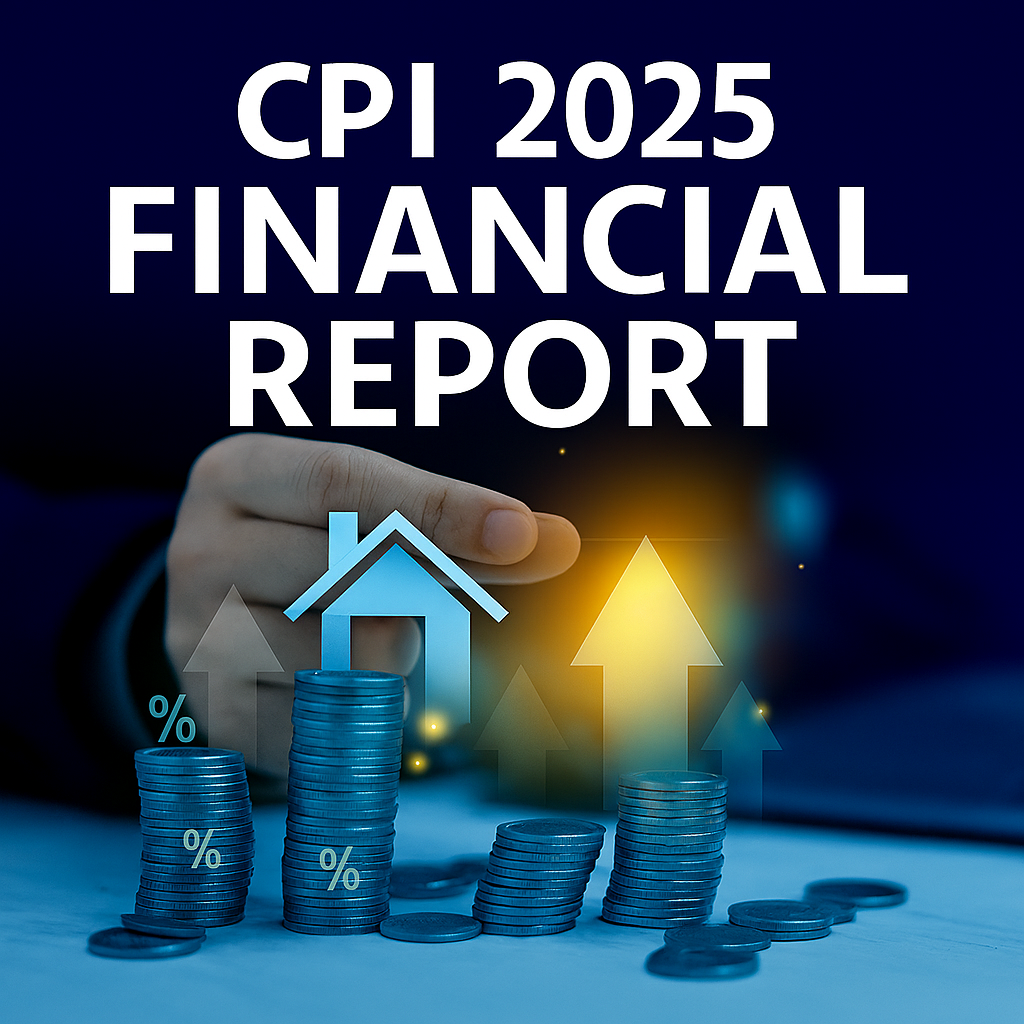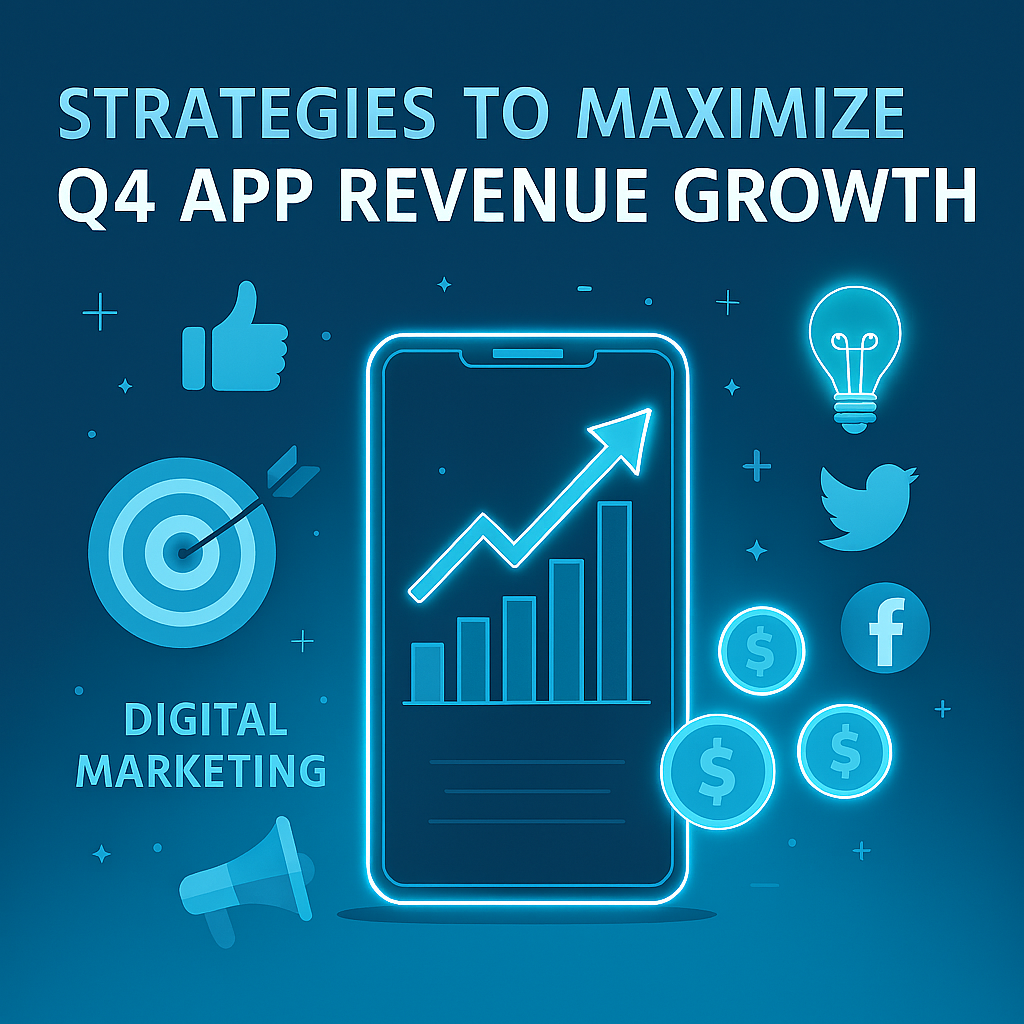Growing your mobile app user base is getting more and more competitive due to the huge number of apps available on both Apple’s App Store and Google Play Store. According to Data.Ai, there were more than 230 billion downloads in 2021. Thus, app install campaigns play an essential role in your app user acquisition activities. An app install campaign is an advertising campaign aimed at acquiring not only mobile users, but also high-quality users, who engage with the app and generate revenues. Therefore, a successful app user acquisition effort requires constant app campaign optimization too. In order to develop an effective app install campaign strategy, it is necessary to know how it works and its key elements:
- Advertisers;
- Budget;
- Creatives;
- Publishers;
- Attribution Platform;
- Campaign Manager.
Advertiser
The advertiser is the entity which looks for app user acquisition to promote its app. In the mobile app marketing ecosystem, advertisers are usually app developers who want to acquire new users and design an app install campaign strategy with marketing partners. They can run app install campaigns via self-service platforms such as Google, Facebook and other Demand-Side Platforms (DSPs), which require a few simple steps in order to go live; or they can work with ad networks or managed DSPs, where campaign managers take care of the campaigns and also of the app campaign optimization.
Budget
Once the advertisers have chosen their marketing partners, they usually choose a payout model such as CPI (Cost-Per-Install) or CPA (Cost-Per-Action) and allocate a budget for the app install campaigns. Payout model and budget should be set accordingly to the app install campaign strategy and the main goal of the app user acquisition effort. The budget is usually set month by month and allows the advertisers to know how much they will pay and how many installs or post-install events they can expect. Nevertheless, many advertisers are flexible and adjust the budget to the performance. Indeed, a significant budget helps to collect more data in the early stage and to improve the app campaign optimization later on, scaling faster the volumes of the desired events.
Creatives
In order to run an app install campaign, marketing partners and DSPs need some creatives to show to potential users in publishers’ websites and apps. Thus, advertisers usually provide creatives such as banners and videos. There are many ad formats which serve different purposes within an app install campaign strategy and which have different costs in order to be published. For example, native ads are less intrusive than videos and banners and provide a better user experience, while playable ads are more engaging and usually are used for gaming apps’ growth. Ad networks and DSPs can even produce their own variations and run creative A/B tests in order to assess the performance of all creatives and improve the app campaign optimization.

Publishers
The publishers are the websites or mobile apps where the ad is shown to users in order to prompt them to install the advertiser’s app. Publishers are usually other web or app developers, who sell ad placements within their website or app in order to generate revenue. DSPs and Ad networks buy the ad inventory of publishers on behalf of advertisers and according to specific targeting criteria. Indeed, programmatic partners can target users by operating systems, internet service providers, internet connection type and many other parameters. Some advertisers can also ask their marketing partners to blacklist specific publishers or categories of publishers for brand-related matters or other reasons discussed in the app install strategy.
Attribution Platform
For app user acquisition, and especially for app install campaigns, advertisers and marketers need to integrate with an attribution platform, such as Appsflyer, Adjust and many more, which keeps track of installs and post-install events and attributes them to a specific app install campaign and, as a result, to a specific media source. An attribution platform allows the advertiser to know which partners are driving more conversions and also to check fraud along with many other data. However, attribution platforms are not directly responsible for app user acquisition and app campaign optimization, they only measure conversions and in-app events.
Campaign Manager
The campaign manager is responsible for the app install campaign set-up and launch, but also for the app campaign optimization. Campaign managers discuss the app install campaign strategy with advertisers and do their best in order to deliver upon their clients’ expectations. They work hard to meet advertisers’ KPIs, bring in high-quality users and provide full transparency throughout the whole process. Managed DSPs have campaign managers who buy ad placements programmatically through their platforms and work everyday on the app campaign optimization.




















